GNS ONLINE NEWS PORTAL
BY AHMAD AYAZ
The Chenab Valley, comprising significant towns and cities such as Kishtwar, Doda, Bhaderwah, Banihal, Ramban, and Batote, is a region teeming with natural resources. This district is notably rich in forest wealth and possesses an inexhaustible hydropower potential. Kishtwar stands as the largest and most culturally developed city in the area. Doda, located on the slopes of a hill, is the second-largest city and was the district headquarters of the entire Chenab Belt until recently.
DEMOGRAPHICS AND HISTORICAL BACKGROUND
The Chenab Valley’s population is predominantly Muslim, with approximately three-fourths of its residents tracing their origins to Kashmir. This migration occurred via the Brari Pass and the treacherous route from Kashtigarh to Ramban, through Pogul and Kapran, to Kashmir. During the late 19th century, particularly after 1885, Shawl Bafs from Kashmir, facing threats of life and starvation, migrated to towns such as Bhaderwah and Basohli. Bhaderwah, historically known as Bhaderwar, is situated on the left bank of the Neeru Nalla and was primarily inhabited by Kashmiri-speaking Muslims. Due to its climate and vegetation, Bhaderwah is often referred to as “Chota Kashmir.” Similar to Doda, Bhaderwah also has a fort that has been converted into a prison.Overall, the Chenab Belt is predominantly Muslim, with the majority being Kashmiri-speaking Muslims who either migrated or were exiled from Kashmir. The second major population group comprises local Hindus of various castes, who speak Bhaderwahi, Sheerazi, and Kishtwari languages in addition to Dogri. Gujjars are sparsely distributed throughout the region, while Gadhis are found near the Chamba and Himachal borders, where a few Buddhists reside in Padar. There are also some Shias in Chanderkot and a small community of Gorkhas near Bhaderwah. Interestingly, Sikhs are not prominently seen, except for a few shopkeepers around Batote and Doda. Christians and members of the Ahmadiyya sect are also present in Bhaderwah.
CULTURAL AND LINGUISTIC TIES TO KASHMIR
The Chenab Valley, particularly in areas like upper Kishtwar (Chatru, Dachan, Marwah, Margan, and Wadwan), shares a strong cultural and linguistic affinity with Kashmir. Marriage customs in these regions closely resemble those of Kashmir, although food options are influenced by local produce. The wildlife in Kishtwar is abundant and will be discussed in detail in the next segment, along with the valley’s mineral wealth and other natural resources, including its extensive forest wealth and agricultural products.
RICH MINERAL RESOURCES
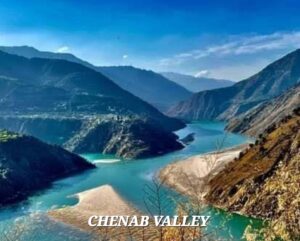
The Chenab Valley is rich in mineral resources, including sapphire, gypsum, and limestone. Kishtwar is particularly famous for its sapphire mines, which are considered some of the finest in the world. These mines have the potential to significantly boost the local economy if managed and utilized efficiently. Gypsum and limestone deposits are abundant in the region and are crucial for the cement and construction industries. However, these resources have often been subject to exploitation and mismanagement, resulting in minimal benefits to the local population.
HYDROPOWER POTENTIAL
The Chenab Valley is endowed with vast hydropower potential due to its numerous rivers and streams. The Chenab River, which flows through the valley, offers immense opportunities for hydropower generation. Projects such as the Dul Hasti Hydroelectric Plant have already harnessed some of this potential, but there remains a vast untapped capacity that could contribute significantly to the region’s energy needs and economic development. Proper development and management of these hydropower projects can transform the Chenab Valley into a major energy hub.
FOREST WEALTH
The forests of the Chenab Valley are rich in timber and non-timber forest products. These forests are home to a variety of tree species, including deodar, pine, and fir. The timber industry has traditionally been a major economic activity in the region, providing livelihoods to many locals. However, unchecked logging and deforestation have posed significant threats to the forest ecosystem. Sustainable forest management practices are essential to preserve this valuable resource and ensure long-term ecological balance.
AGRICULTURAL PRODUCTS
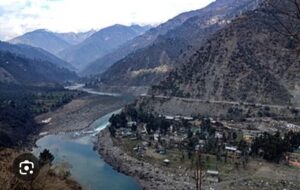
Agriculture is a vital part of the Chenab Valley’s economy, with the region producing a variety of crops such as maize, wheat, and pulses. The fertile soil and favorable climate conditions make it possible to grow high-quality crops that can support the local population and contribute to food security. Additionally, horticulture, particularly apple orchards, is a growing sector that holds great promise for economic development. The region’s apples are known for their taste and quality, and expanding this sector can provide substantial economic benefits.
WILDLIFE AND BIODIVERSITY
The Chenab Valley is home to a diverse range of wildlife, including several endangered species. The Kishtwar High Altitude National Park is a significant conservation area that provides habitat for species such as the snow leopard, Himalayan brown bear, and musk deer. Conservation efforts are crucial to protect these species and maintain the region’s biodiversity. Promoting eco-tourism can also help raise awareness and generate revenue for conservation initiatives.
EDUCATIONAL DEVELOPMENT
Education in the Chenab Valley has seen significant improvements over the past few decades, yet there are still challenges to be addressed. The region boasts several higher education institutions, including the Government Degree College in Bhaderwah and the University Campus in Kishtwar, which offer a range of academic programs. However, many rural areas still lack access to quality education, with inadequate infrastructure and a shortage of trained teachers.While education remains a challenge, the region has produced some of the tallest political leaders of the time, such as Ghulam Nabi Azad, and many distinguished IAS officers like Shahid Iqbal Choudhary and Aijaz Assad. These notable figures demonstrate the potential of the region’s educational system when opportunities are provided.Improving educational facilities and ensuring equitable access to education are critical for the region’s development. Government and non-governmental organizations need to collaborate to enhance the quality of education, provide vocational training, and promote digital literacy. Investing in education will empower the youth of the Chenab Valley, enabling them to contribute effectively to the region’s socio-economic growth.
CHALLENGES AND FUTURE PROSPECTS
Despite its immense natural wealth, the Chenab Valley faces numerous challenges, including resource mismanagement, environmental degradation, and inadequate infrastructure. Addressing these issues requires a multi-faceted approach that involves sustainable resource management, environmental conservation, and infrastructure development. Engaging the local communities in these efforts is essential to ensure that they benefit from the region’s resources and contribute to its sustainable development.The future of the Chenab Valley hinges on its ability to harness its natural resources responsibly and sustainably. By focusing on sustainable development, conservation, and community engagement, the region can achieve significant economic growth while preserving its rich natural heritage for future generations.
(The author is a Social Activist and National TV debater. The views expressed are his own and can be reached on @ahmadayaz08@gmail.com)











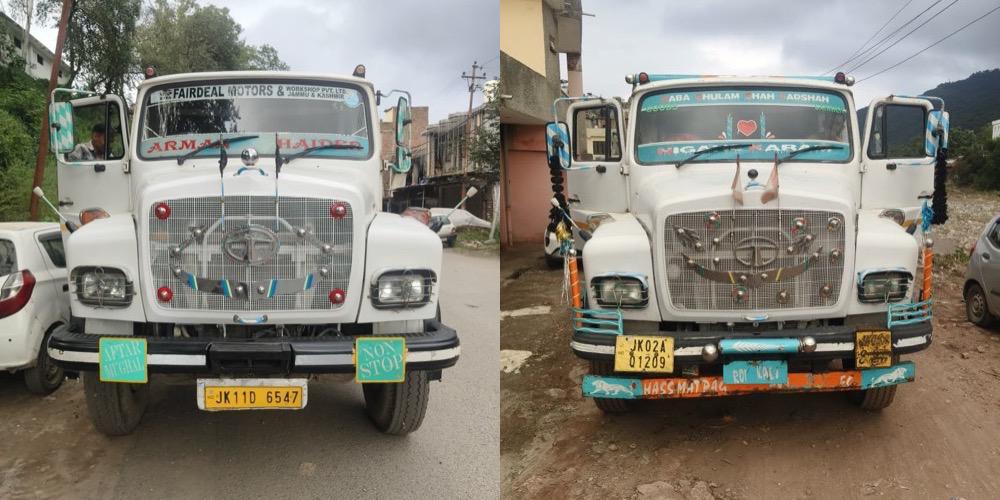
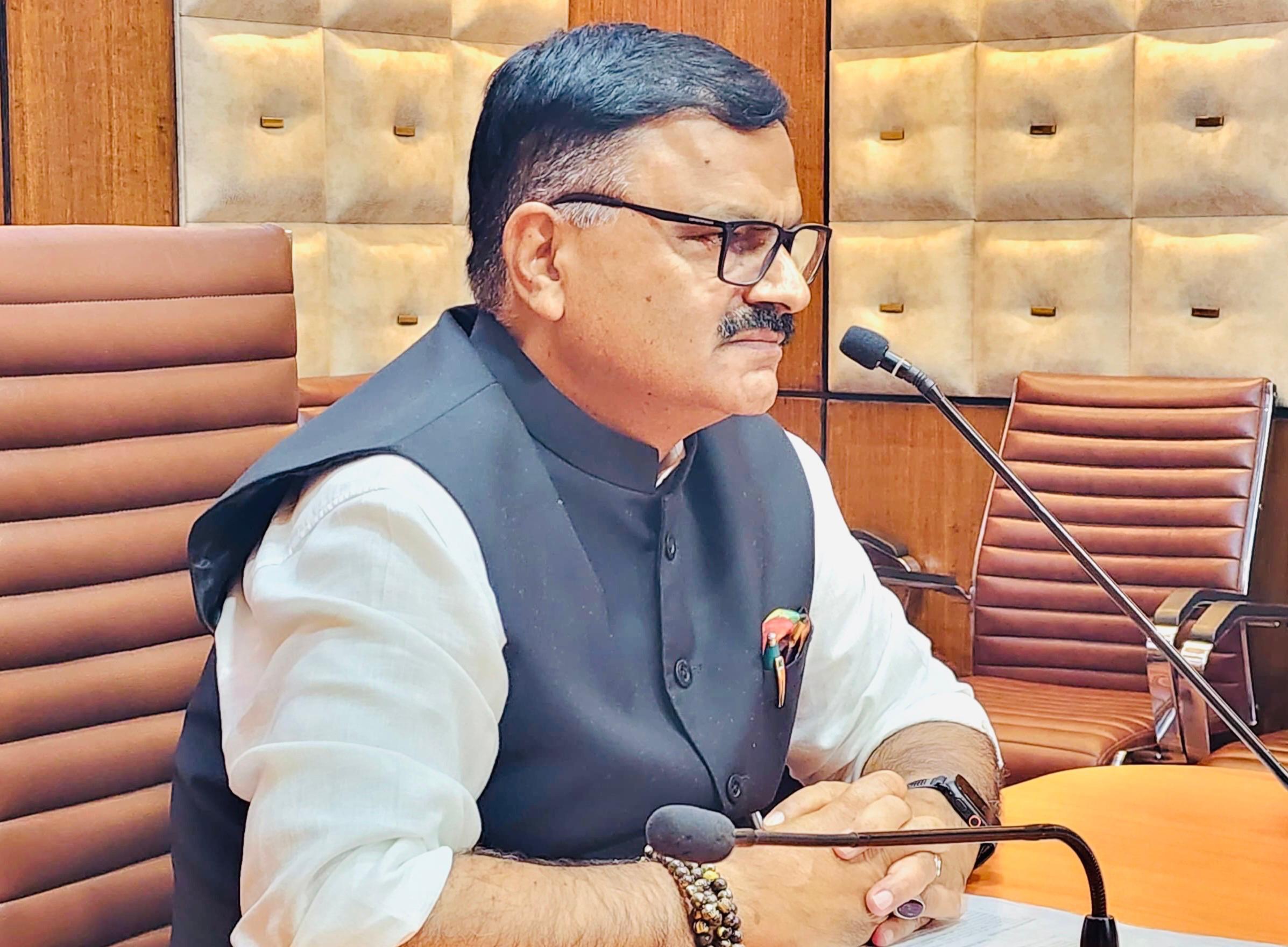
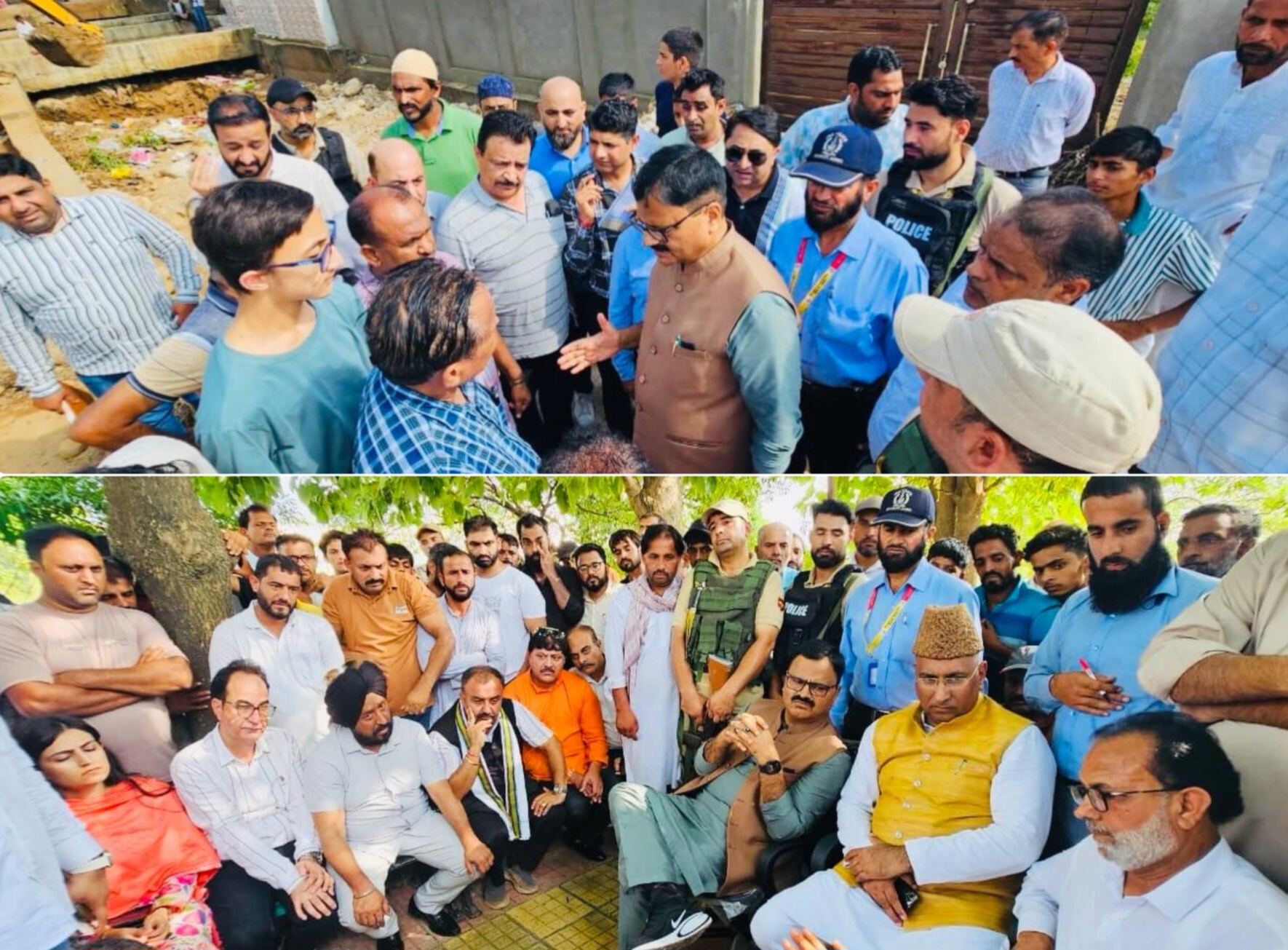
 Users Today : 25
Users Today : 25 Users Yesterday : 203
Users Yesterday : 203